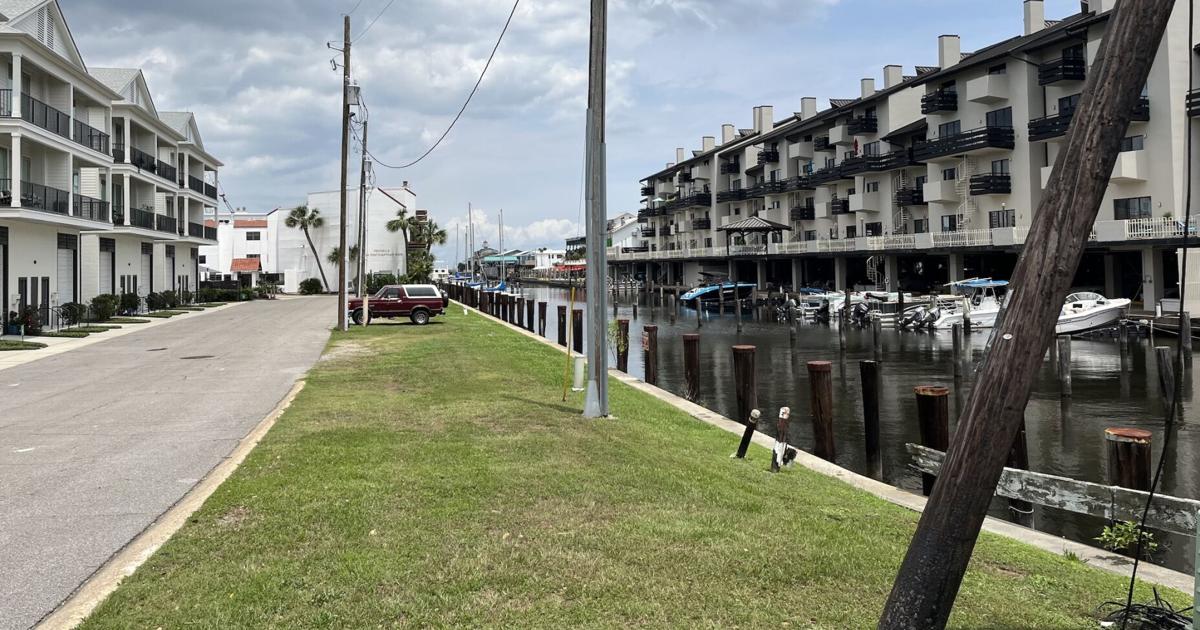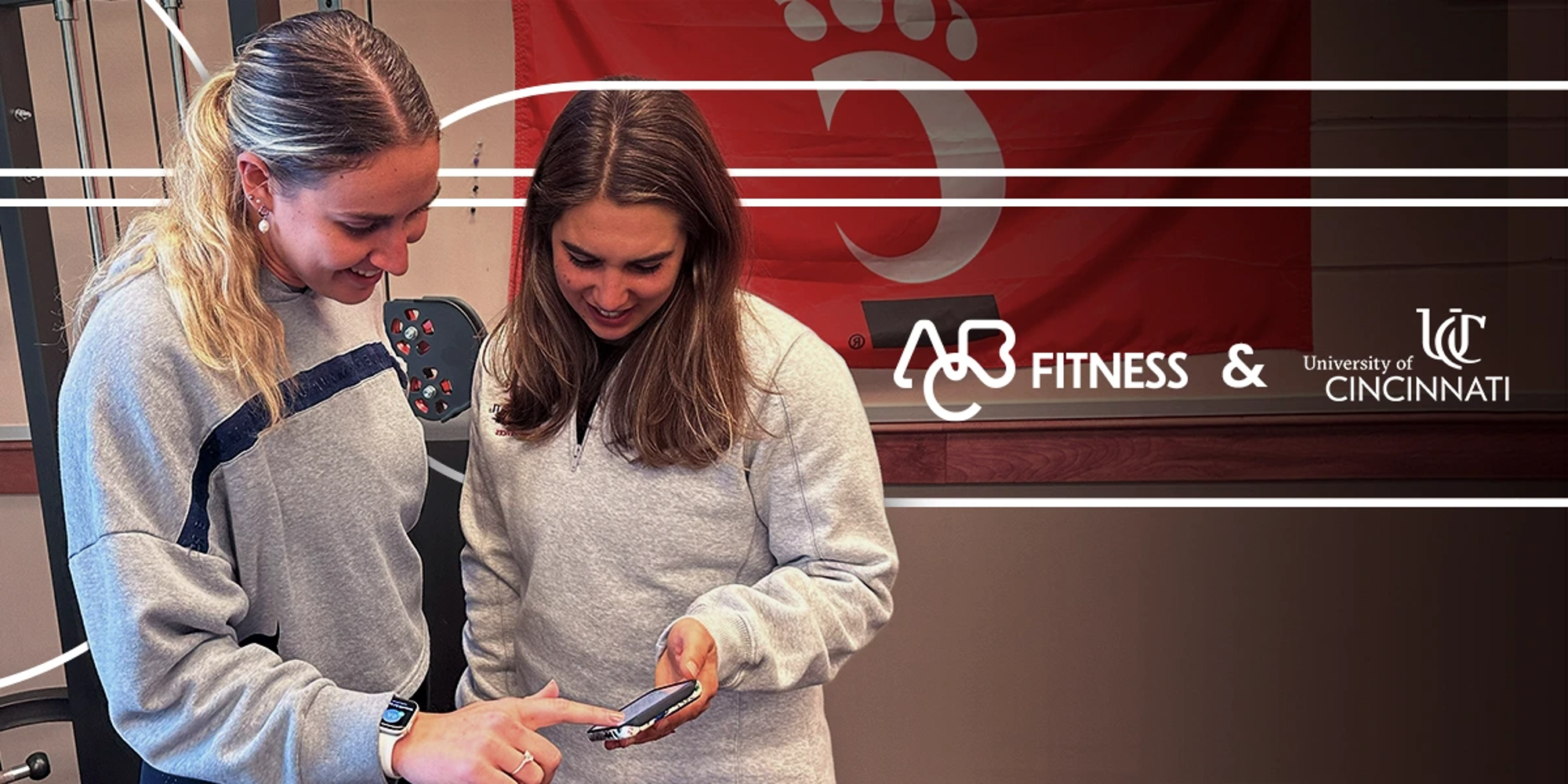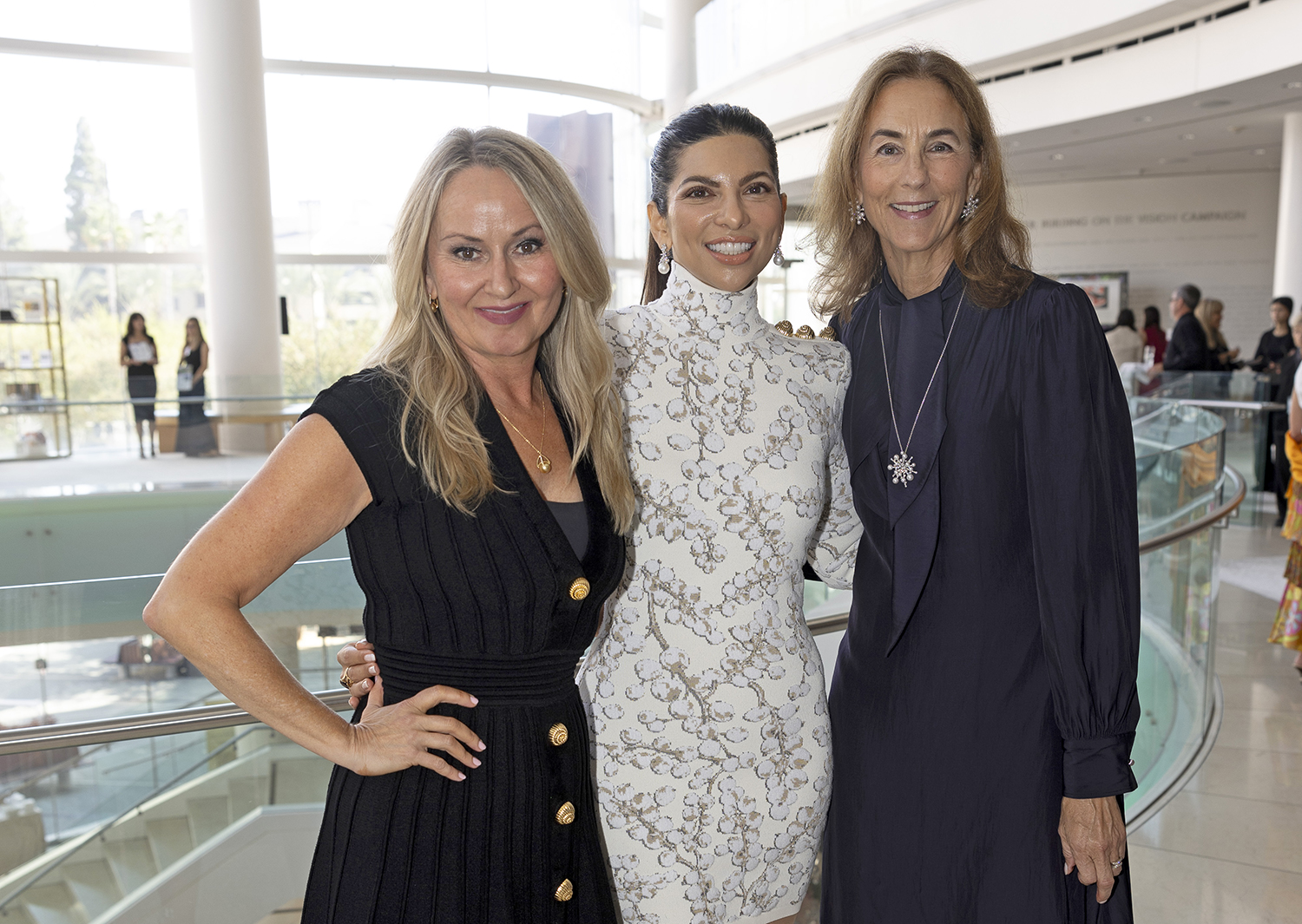Entertainment
In the ’50s, New Orleans’ West End was the place for music, dining and lakefront breezes

Historic locales are inherently fascinating things, serving as touchstones to times long passed. But when a specific location intersects with a specific time — well, that’s the stuff from which memories are made.
Just ask reader Suzon Evans, who wrote recently in hopes of filling in some of the blanks from her 1950s youth.
“Having been born without a sense of direction, and before I became a driver, I went through life depending on the kindness of everyone else to get me to and fro, and was quite happy never knowing exactly where I was,” she wrote. “Now, in my old age, I’m very curious where some of our old high school/college haunts were, ’cause they ain’t there no more.”
Specifically, she name-checked two of her favorite hot spots: Tortorich’s and Sail Inn, which she remembers being next door to one another “on some body of water near Lake Pontchartrain.”
A 1901 photo of West End, which was an entertainment destination for generations of New Orleanians.
Sail Inn was a multi-generational hangout; Evans said her mother remembered visiting it in her own youth. Evans’ memories, however, center on Tortorich’s and its jukebox filled with top-shelf R&B records.
“Both it and Sail Inn were bare bones and hugely popular,” Evans remembered. “It was back in the days of the Frats and the Cats, and both hung out at Tortorich’s. Any info you can unearth about the two places, I’d love to read about.”
As it turns out, Evans’ early days were spent in the same part of town in which generations of New Orleanians sought entertainment for more than a century: West End.
And that body of water on which they were located? It was the last remaining stretch of the New Basin Canal.
Sail Inn and Tortorich’s shared story begins in the 1830s, when the canal was created — following the route of today’s Pontchartrain Boulevard and Pontchartrain Expressway — to offer a maritime back door for delivery of goods to and from the city’s American sector.
Originally called New Lake End, West End quickly became a lakeside resort and entertainment area for locals eager to trade the stuffiness of downtown for cool lake breezes.
In his 1838 book “Life on the Mississippi,” Mark Twain recalled a visit to West End, which he described as “a collection of hotels of the usual light summer-resort pattern, with broad verandas all around, and the waves of the wide and blue Lake Pontchartrain lapping the thresholds. We had dinner on a ground-veranda over the water — the chief dish the renowned fish called the pompano, delicious as the less criminal forms of sin.
“Thousands of people come by rail and carriage to West End and to Spanish Fort every evening, and dine, listen to the bands, take strolls in the open air under the electric lights, go sailing on the lake, and entertain themselves in various and sundry other ways.”
In 1880, the Southern Yacht Club was established at West End, providing another reason for people to flock to it. Photos from the turn of the 20th century show dancing pavilions and a bandstand nearby, along with a boardwalk promenade, a roller coaster, a “Mystic Swing” attraction and more.
It was around that same time, in 1896, that New York businessman William “Pop” Rock introduced New Orleans to moving pictures, setting up a temporary theater at West End, tapping into a streetcar line for electricity.
Within a month, Rock and his business partners relocated to Canal Street and established Vitascope Hall, recognized as the first permanent, for-profit movie theater in America.
Later, West End would become a hotbed of live jazz performances that inspired Joe “King” Oliver’s “West End Blues,” a tune covered by Louis Armstrong.
As the years passed, the look of West End continuously evolved, but it would remain a local entertainment destination.
By the 1950s, most of the New Basin Canal had been filled except for that half-mile stretch at West End, which was still in regular use by local recreational boaters. Like the rest of the area, that stretch of canal would have been dominated by restaurants offering fresh-from-the-lake fare and, once the sun dipped, a hopping nightlife.
That included the Sail Inn bar, founded in the early 1930s by Albert J. Carpenter at 8658 Pontchartrain Blvd., on a small strip of land separating the old canal and Orleans Marina. Just a stone’s throw from the Yacht Club, it advertised itself as “yachtsman’s headquarters,” offering sandwiches, beer, liquor and ice.
As for the Tortorich’s that Evans remembers, it wasn’t the same Tortorich’s Italian Restaurant covered in this space in March. That legendary local eatery was thoroughly landlocked at the corner of Royal and St. Louis streets in the French Quarter.
But there were a lot of Tortoriches, and they ran numerous eating and drinking establishments over the years.
Among them: Charles P. Tortorich, who in 1946 filed for a liquor license for Tortorich Bar and Restaurant at 8364 Pontchartrain Blvd., on the same stretch as Carpenter’s Sail Inn.
By 1955, Tortorich had sold to a new owner, a John Waller, who was arrested that summer and charged with selling booze to minors. Within two years, the address was associated with a new business, the Dogpatch Inn.
By that time, Carpenter had retired, selling his Sail Inn to new owners, who ran it for some time under the same name.
It’s unclear exactly when Sail Inn sailed off into the sunset for good, but West End saw its fortunes decline steeply after the one-two hammering it received from 1998’s Hurricane Georges and 2005’s Hurricane Katrina.
It has yet to fully recover.
But that stretch of the New Basin Canal lodged in Evans’ memories remains, albeit on a slightly quieter footing, occupied today by condominiums.
Sources: The Times-Picayune archives; The Data Center; Library of Congress.
Do you know of a New Orleans building worth profiling in this column, or just curious about one? Contact Mike Scott at moviegoermike@gmail.com.


)




